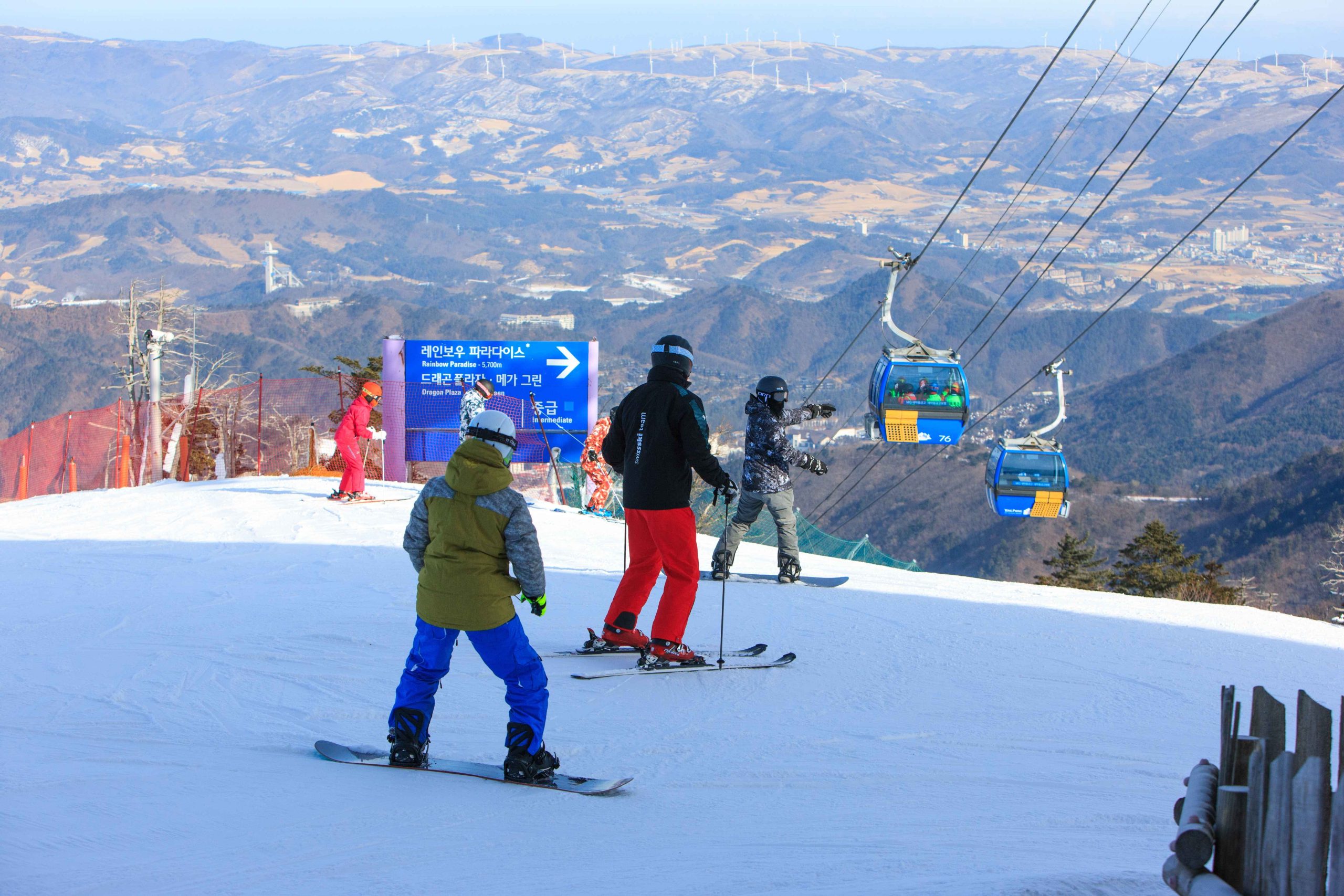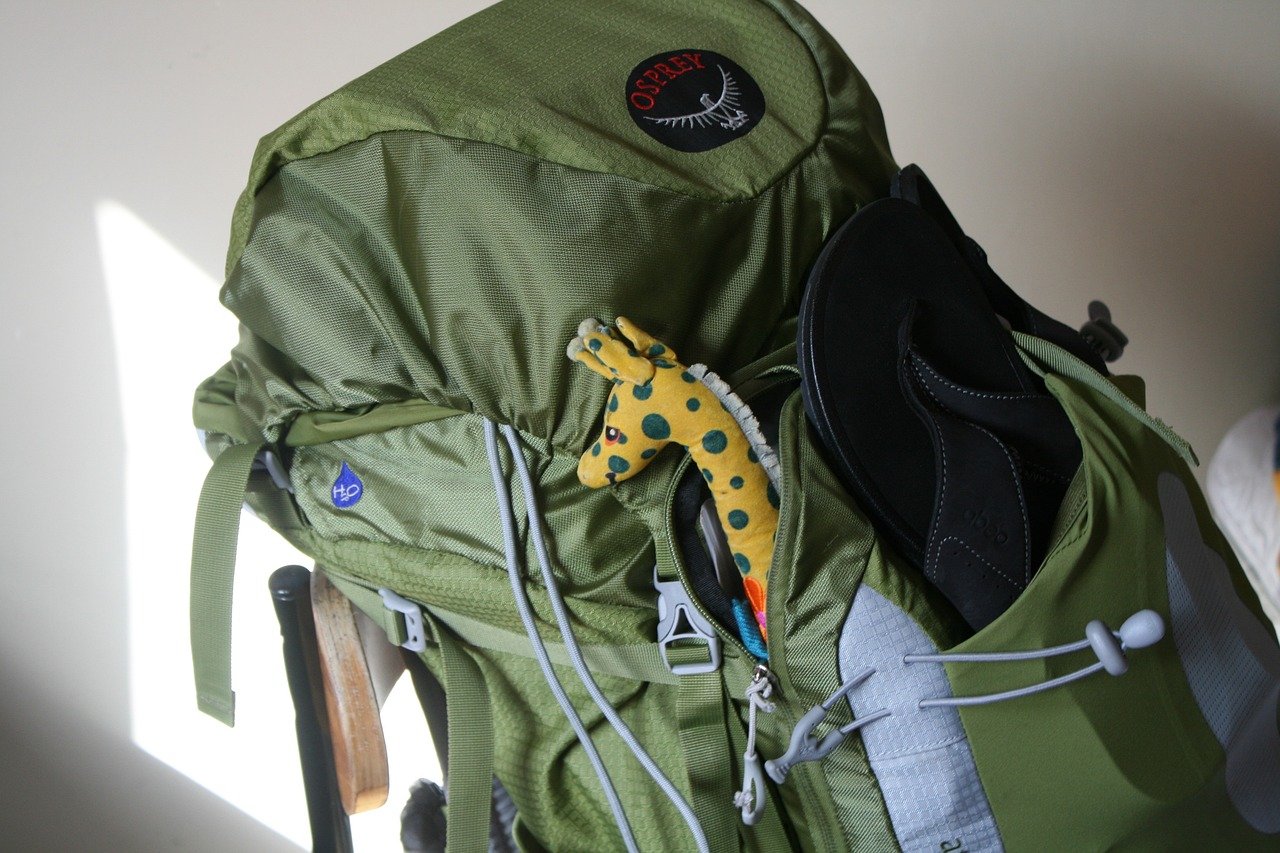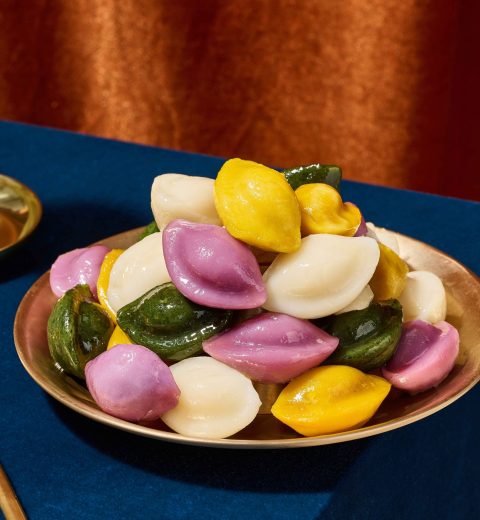Traveling to South Korea, whether for the vibrant streets of Seoul, the tranquil temples, or the stunning natural landscapes, requires careful packing to ensure a comfortable and enjoyable trip. Korea’s dynamic weather patterns, distinct cultural norms, and the wide array of activities available mean that what you pack can greatly impact your experience. In this guide, we’ll explore everything you need to pack for your trip to Korea, from essential clothing to helpful gadgets and travel documents.
1. Understanding Korea’s Seasons: What to Pack for the Weather

Before you start packing, it’s essential to understand Korea’s climate. Korea experiences four distinct seasons—spring, summer, fall, and winter—each with its own weather conditions and packing requirements.
Spring (March to May)
Spring is one of the most beautiful seasons in Korea, with cherry blossoms in full bloom. The weather is mild, but can still be chilly, especially in the early mornings and evenings.
- Clothing: Pack layers such as light jackets, long-sleeved shirts, and cardigans. A lightweight rain jacket or umbrella can be helpful, as spring showers are common.
- Shoes: Comfortable walking shoes are essential for exploring parks, temples, and city streets.
- Accessories: Sunglasses and sunscreen for the sunny afternoons, and a scarf for cooler evenings.
Summer (June to August)
Korea’s summer is hot and humid, with temperatures often reaching over 30°C (86°F). This is also the monsoon season, so expect rain showers, especially in July.
- Clothing: Lightweight, breathable fabrics like cotton or linen are key. Pack T-shirts, shorts, and dresses that are comfortable in humid weather.
- Shoes: Sandals or open-toed shoes work well for the heat, but also bring waterproof shoes or sandals for rainy days.
- Accessories: A hat, sunglasses, and plenty of sunscreen are essential. A small umbrella or a light raincoat will help you handle sudden downpours.
Fall (September to November)
Fall is another favorite season for travelers due to its crisp air and stunning fall foliage. The weather is cool and pleasant, perfect for outdoor activities.
- Clothing: Layered outfits are ideal, as mornings and evenings can be chilly, while afternoons are usually warm. Think sweaters, long-sleeved shirts, and jackets.
- Shoes: Comfortable shoes for hiking or walking through parks are a must.
- Accessories: A warm scarf and sunglasses for the bright, sunny days. Consider a lightweight jacket for colder nights.
Winter (December to February)
Korea’s winters can be cold, especially in the northern regions and Seoul. Temperatures often drop below freezing, and snowfall is common.
- Clothing: Pack a heavy winter coat, thermal layers, and sweaters. Don’t forget a hat, gloves, and a scarf to stay warm.
- Shoes: Waterproof boots with good insulation are ideal for snow or icy conditions. You’ll also want thick socks to keep your feet warm.
- Accessories: Heat packs, which you can easily find in Korea, are helpful for keeping your hands warm. Sunglasses can also come in handy for bright winter days.
2. Travel Documents and Essentials
Having the right travel documents and essential items can make your trip to Korea run smoothly and stress-free. Here’s what you shouldn’t leave home without:
Passport and Visa
Ensure that your passport is valid for at least six months beyond your planned stay in Korea. Depending on your nationality and the length of your stay, you may need a visa. Many countries, including the U.S., Canada, and most European nations, allow visa-free entry for short stays (up to 90 days). Be sure to check the visa requirements before your trip.
Travel Insurance
Travel insurance is highly recommended, covering medical expenses, trip cancellations, and lost luggage. Medical care in Korea is excellent, but it can be expensive without insurance.
Flight Tickets and Itinerary
Print out a copy of your flight details and travel itinerary, or have them saved on your phone for easy access.
Accommodation Information
Make sure you have the address and contact details of your accommodation in case you need it for immigration or for directions upon arrival.
T-money Card
The T-money card is essential for public transportation in Seoul and other cities in Korea. It can be used on buses, subways, and some taxis, and even in convenience stores. You can purchase a T-money card at any convenience store or subway station once you arrive in Korea.
3. Electronics and Gadgets
Korea is a tech-savvy country, and bringing the right electronics can help enhance your travel experience. From staying connected to navigating the city, here’s what you’ll need.
Universal Power Adapter
Korea uses 220V outlets with two round pins (Type C or F). Be sure to pack a universal power adapter to charge your devices. If your electronics aren’t compatible with 220V, you’ll also need a voltage converter.
Portable Charger
You’ll likely spend a lot of time exploring, so having a portable charger for your phone is a lifesaver. Many areas, including subway stations and cafes, offer charging stations, but it’s always good to have a backup power source.
Smartphone and Apps
Having a smartphone is essential for navigating, translating, and staying connected. Some useful apps for tourists in Korea include:
- KakaoMap or Naver Map: More accurate than Google Maps for navigating in Korea.
- Papago: A translation app that supports Korean and offers voice translation.
- KakaoTaxi: Korea’s version of Uber, useful for booking taxis.
- Subway Korea: A metro navigation app that makes it easy to find your way around Seoul’s extensive subway system.
Pocket Wi-Fi or SIM Card
Staying connected while on the go is crucial for using navigation apps, translation services, and social media. You can rent a pocket Wi-Fi device or buy a Korean SIM card at Incheon Airport or major cities. Pocket Wi-Fi devices allow multiple people to connect at once, making them ideal for group travelers.
4. Health and Personal Care
Staying healthy and comfortable during your trip is important, especially when you’re trying new foods or adjusting to a different climate.
Prescription Medications
If you take prescription medications, be sure to bring enough for the duration of your trip. Korea has strict regulations regarding certain medications, so check ahead to ensure your prescriptions are allowed. It’s a good idea to bring a copy of your prescription with you.
Basic First Aid Kit
Pack a small first aid kit with essentials such as band-aids, antiseptic wipes, pain relievers, and any over-the-counter medications you frequently use, such as cold medicine or allergy tablets.
Toiletries
While you can find most toiletries in Korea, it’s always good to pack travel-sized versions of your essentials:
- Toothbrush, toothpaste, and floss
- Shampoo and conditioner (hotels and guesthouses often provide them, but it’s good to have your own)
- Skincare products: Korea is known for its skincare, but bring your daily essentials if you have a specific routine.
- Deodorant: This can be harder to find in Korea, so pack enough for your trip.
- Sunscreen: Korean summers can be scorching, so sunscreen is a must.
Reusable Water Bottle
Korea has many free water dispensers in public spaces, and tap water is safe to drink. Bringing a reusable water bottle will help you stay hydrated and reduce plastic waste.
5. Packing for Cultural Experiences and Etiquette
Korea is a country with deep-rooted cultural traditions, and respecting these customs is key to a great trip. Here’s how to prepare.
Conservative Clothing for Temples
If you plan on visiting Buddhist temples or traditional palaces, consider packing modest clothing that covers your shoulders and knees. Some religious sites may have specific dress codes, especially for temple stays.
Socks for Indoor Spaces
In Korea, it’s customary to remove your shoes before entering certain indoor spaces, including homes, traditional guesthouses (hanok), and some temples. Make sure to pack clean and comfortable socks, as you’ll be wearing them frequently indoors.
Small Gifts
If you’re visiting a Korean friend or staying with a local family, it’s customary to bring a small gift, such as food or something from your home country, as a token of appreciation.
6. Optional Extras: Gear for Specific Activities

Depending on your planned activities, there are a few extra items you might want to bring to make the most of your trip to Korea.
Hiking Gear
If you plan to hike Bukhansan or Seoraksan (two of Korea’s most popular mountains), pack appropriate hiking shoes, a light jacket, and a daypack for snacks and water. Hiking poles can also be helpful, especially for steeper trails.
Swimsuit
During the summer, many locals and tourists flock to Jeju Island or Busan’s Haeundae Beach. If you plan to hit the beach or relax in a Korean jjimjilbang (bathhouse), don’t forget to pack a swimsuit.
Camera
While your smartphone camera is likely sufficient for most photos, avid photographers may want to bring a DSLR or mirrorless camera to capture Korea’s stunning landscapes, vibrant cities, and cultural landmarks.
Conclusion
Packing for a trip to Korea requires a balance between preparing for the weather, respecting cultural norms, and ensuring you have all the travel essentials. With this guide, you’ll be well-equipped for an enjoyable and stress-free journey. Whether you’re hiking mountains, exploring bustling markets, or diving into Korea’s rich cultural heritage, you’ll be ready to make the most of your trip with the right gear in tow.




